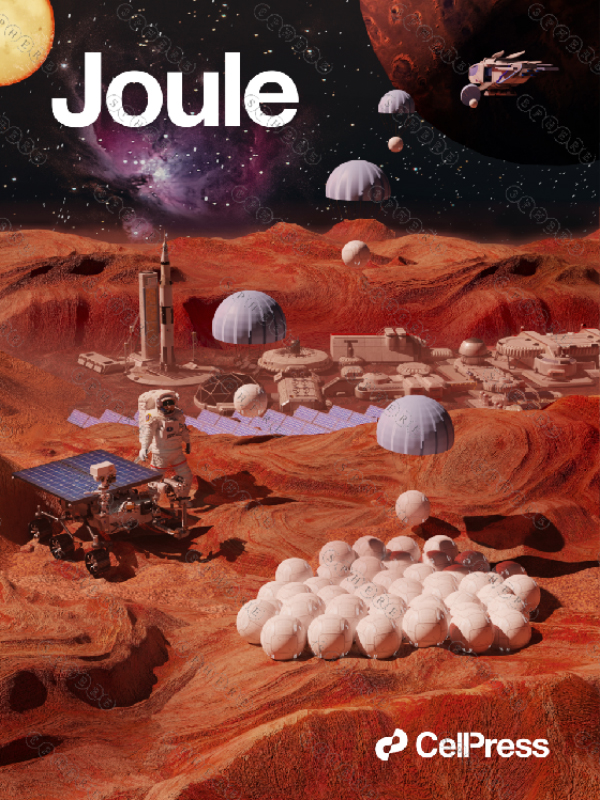Joule: PSCs exhibit dramatic potential in the application of distributed photovoltaics
Sep 21,2022
The image designed by Sphere Studio is selected as the cover of Joule in Sept, 2022.

24.8%-efficient planar perovskite solar cells via ligand-engineered TiO2 deposition
Hao Huang, Peng Cui, Yan Chen, Luyao Yan, Xiaopeng Yue, Shujie Qu, Xinxin Wang, Shuxian Du, Benyu Liu, Qiang Zhang, Zhineng Lan, Yingying Yang,Jun Ji, Xing Zhao, Yingfeng Li, Xin Wang, Xunlei Ding, Meicheng Li
The ligand-engineered deposition (LD) strategy based on the coordination ability of ligands (such as tartaric acid) is proposed to regulate TiO2 film and interfacial structure. The resultant planar perovskite solar cells (PSCs) achieve an impressive PCE of 24.8% with a fill factor exceeding 0.83, which is the highest PCE among the TiO2-based planar PSCs reported so far.
Summary
Planar perovskite solar cells (PSCs) have been extensively researched as a promising photovoltaic technology, wherein the electron extraction and transfer play a crucial role in the power conversion efficiency (PCE). Here, we proposed a ligand-engineered deposition strategy based on the coordination ability of ligands (e.g., tartaric acid) to regulate TiO2 film and interfacial structure. This strategy can effectively inhibit particle aggregation of TiO2 film through the steric hindrance of assembled ligands. Furthermore, the decreased interfacial contact impedance and enhanced electron extraction are achieved between TiO2 and perovskite, due to the smooth topography and cross-linked structure formed by tartaric acid that bonds with Ti and Pb atoms. Accordingly, an impressive PCE of 24.8% with a fill factor exceeding 0.83 is successfully obtained, which is the highest PCE among TiO2-based planar PSCs reported so far. In addition, unencapsulated PSCs can maintain ∼95% of initial efficiency upon exposure to ambient air for 2,000 h.
We have provided two different styles of design drafts as follows.


